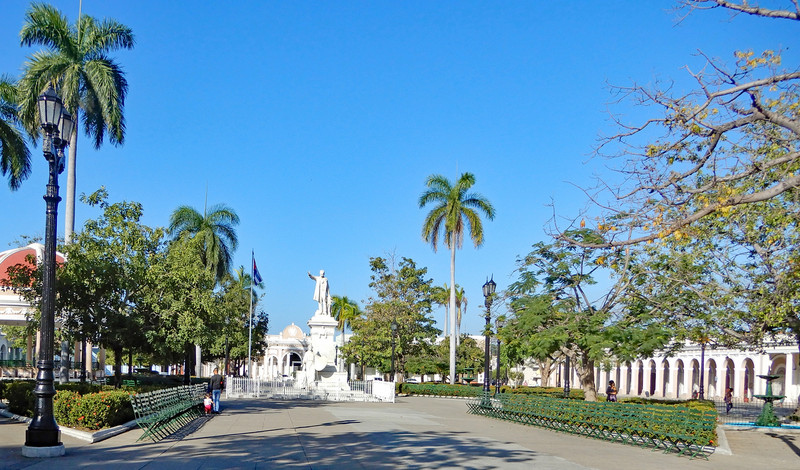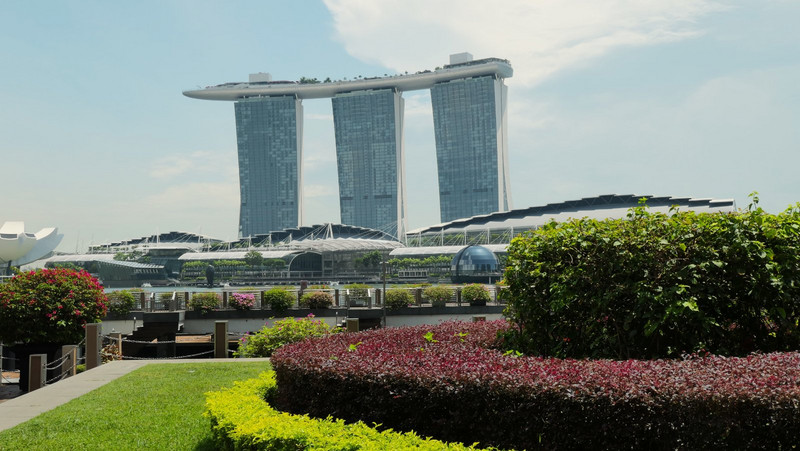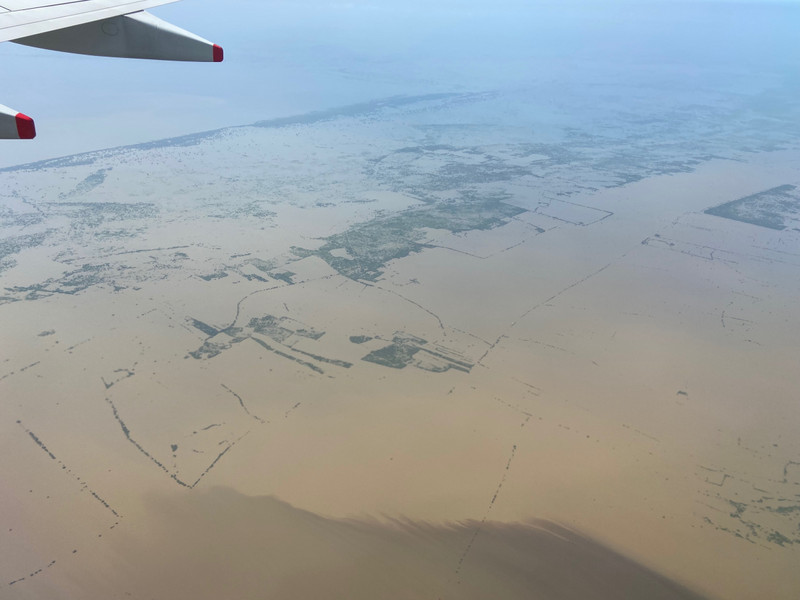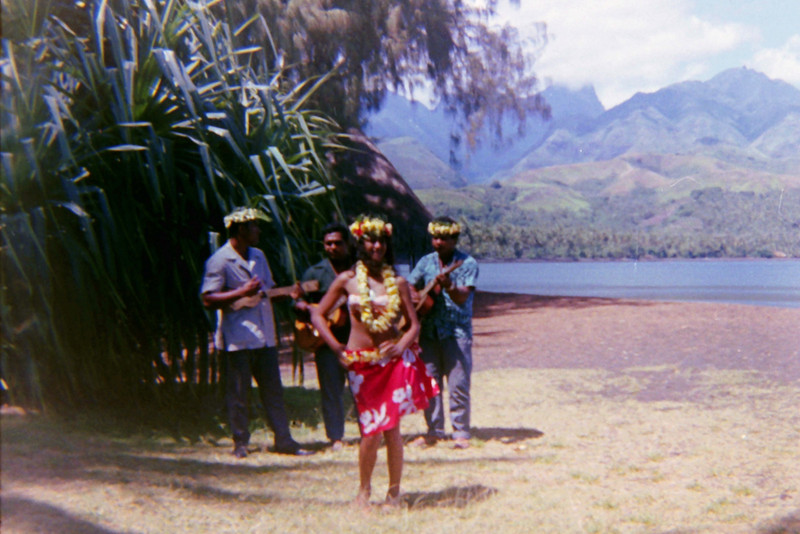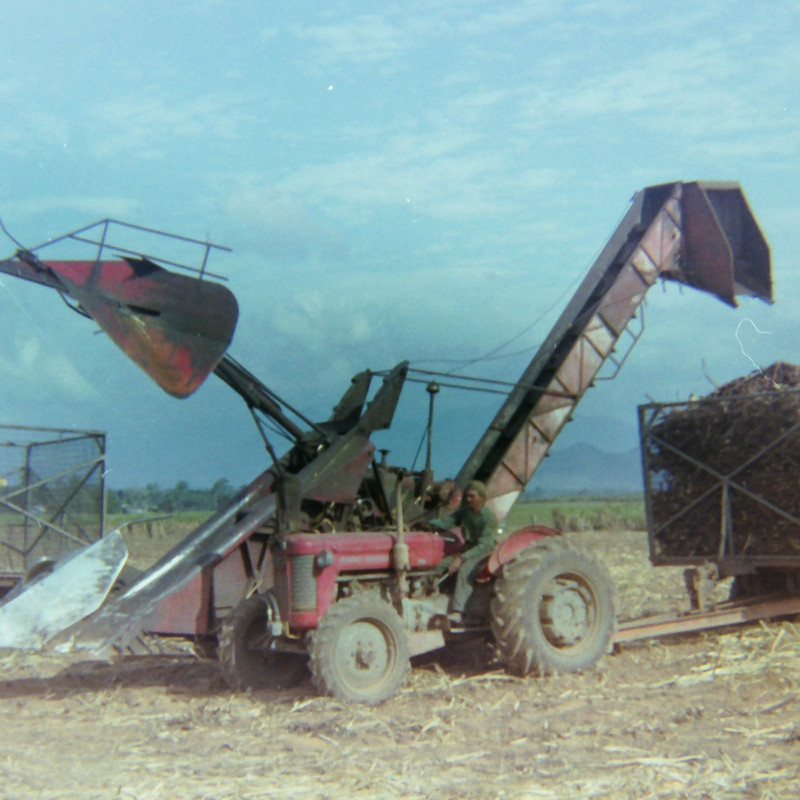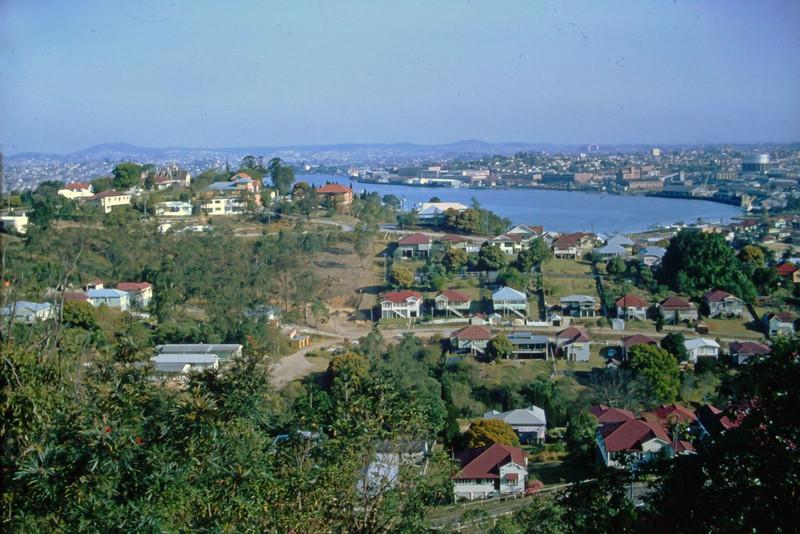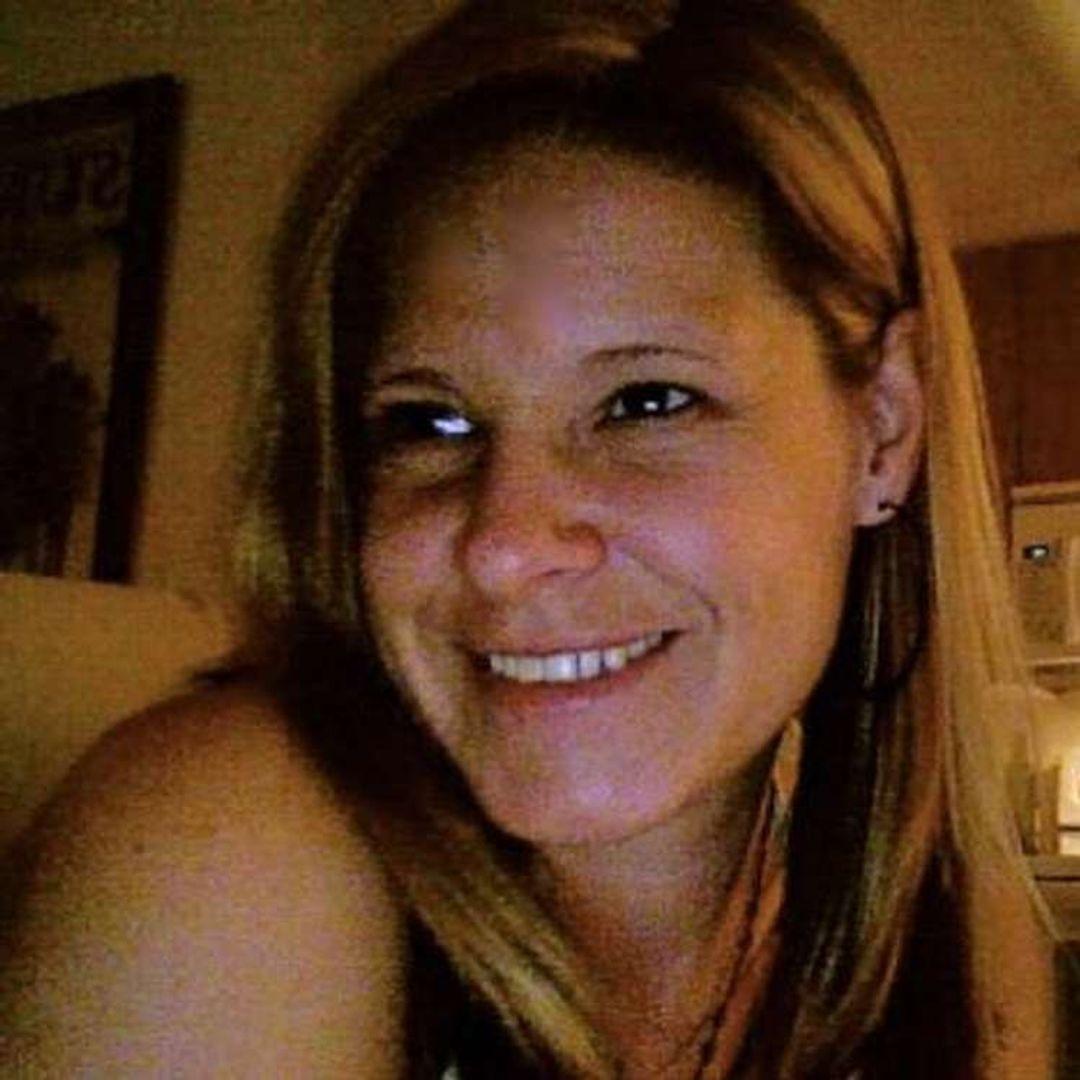Around the corner from our hotel was the magnificent Parque Jose Marti, the town square. Our guide, a local historian, Mariloli, told us the story of Cienfuegosas revealed by the buildings around the square. The city was founded in 1819 by rich French inhabitants of Haiti, who were escaping the revolution there. Having money, they built a planned city that adopted the wide straight streets of Napoleonic Paris. The founder of Cienfuegos, called simply Monsieur, wanted the customs house built beside the city hall, cathedral, theatre, and his residence; thus, two full blocks were needed for the square, rather than the one block as decreed by Spanish colonial authorities. The nearby bay became an important port for sugar cane. Slavery came with the colonists.
Monsieurs house was beautifully ornate - deep sky blue with white embellishments. (All the buildings have been restored recently.) The main floor was a warehouse, built with Art Deco Roman columns. The upper two floors were his family home, built with highly decorated Art Nouveau columns and window frames. A widows walk turret topped the building, restored at great expense due to the special dark blue glazed tiles covering the dome.
by a revered resident, Tomas Terry, whose past as a slave trader has been thinly glossed over. funded his rise as the business magnate in the area. Before the current modern restoration of Teatro Tomas Terry, the walls, paintings and mosaics had faded badly through water damage and the ravages of time. High on the front exterior, three mosaics have been restored by three French specialists and ten Cuban art students. Inside, work continues. The medallion ceiling has just been - by artists painting on the ceiling while lying on scaffolding, just as the original was painted. The orchestra and the two balconies have been furnished with original chairs, and the gallery at the top has benches, also original. Work is scheduled to be finished in April, one year after starting. Before the restoration project, a wide variety of performances used to be offered every weekend, and the people of Cienfuegos miss their sophisticated entertainment.
The interior of the Our Lady of the Immaculate Conception Cathedral was also being restored, although that work was not in evidence, perhaps because it was Sunday. Richly coloured windows featuring each Apostle and Christ shone down into
a fairly plain sanctuary. The original and intricate statue of Mary was donated by a rich, local woman, who had bought it in Barcelona.
While we were looking at the church, our questions brought Mariloli to express her patriotism. She had been studying in Baltimore in a convent school at the time when John F Kennedy came to power. The students were given the choice of easily US immigrants or immediately returning to Cuba. She gave up her studies to return to her homeland and her family. She regrets that the choice was forced on her, because the nuns were teaching them Cuban history as well as US history, for which she was grateful. Tears came to her eyes as she voiced her passion for Cuba, both its revolution and its challenges.
We had a bit of free time to enjoy the Prado, a long main street. Suited to strolling, it was recently rebuilt with a wide median, trees, benches and wifi. Lots of people were walking and shopping and eating on this Sunday noon. I was soon distracted by a craft and souvenir market on a side street. After just looking at the many wooden souvenirs
(model classic cars, salad tongs, mats, marquetry boxes, etc.), I fell for the wooden hummingbirds. At one for 2 CUC or four for 6 CUC ($8), I bought one for me and three for gifts. The Baha de Cienfuegos could be seen in the distance, but I restrained my curiosity and walked around a few blocks back to the Hotel Union.
Our lunch was at the Palacio de Valle, by the bay and close to the market street. The restaurant building was a home in the colonial period.
